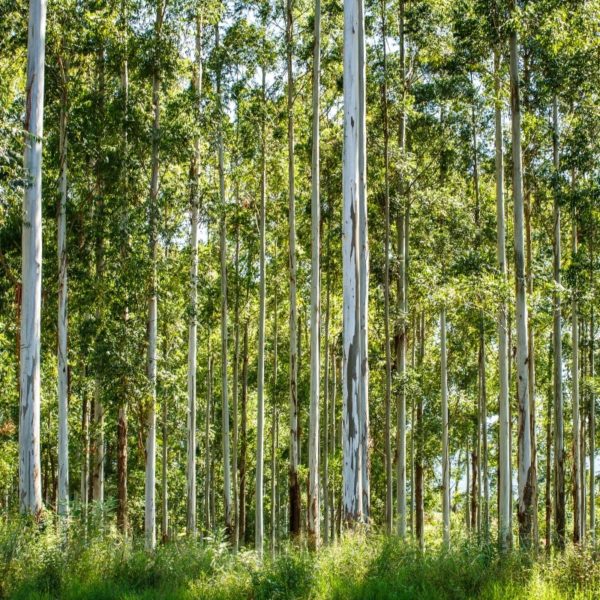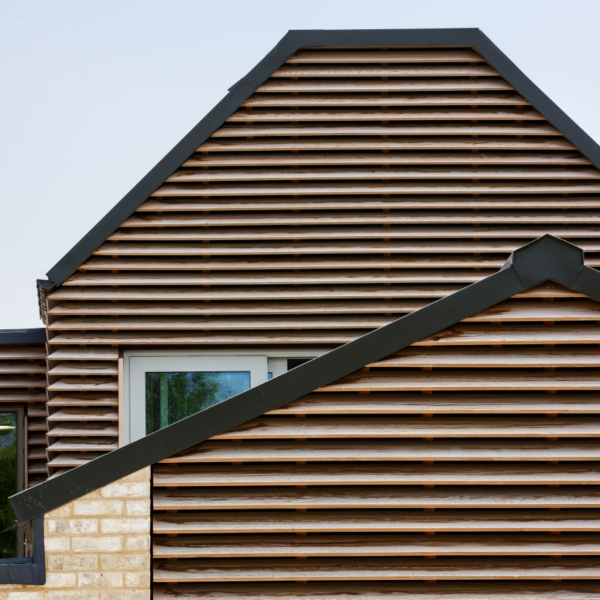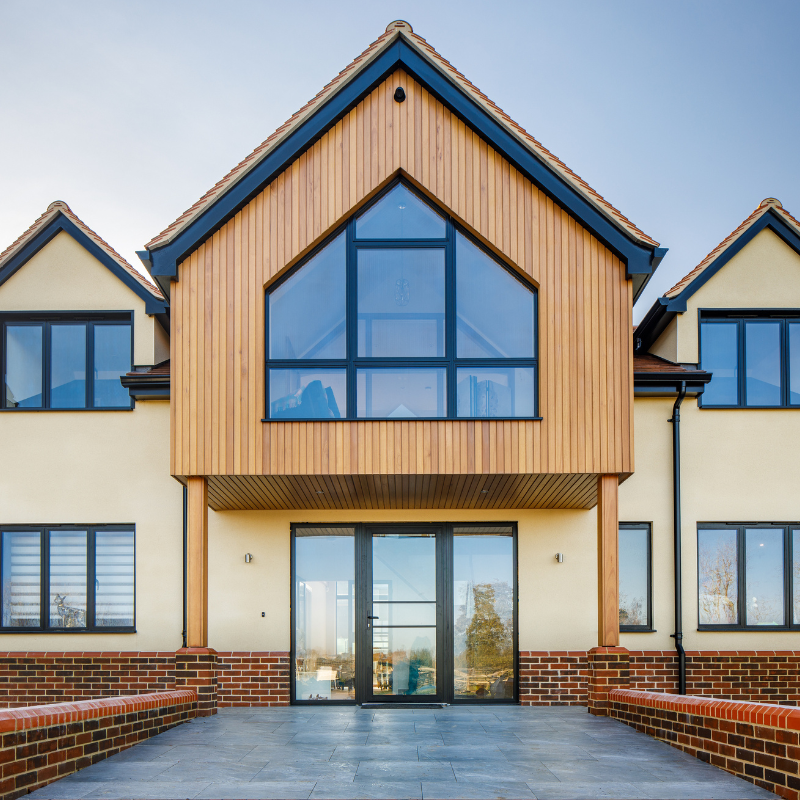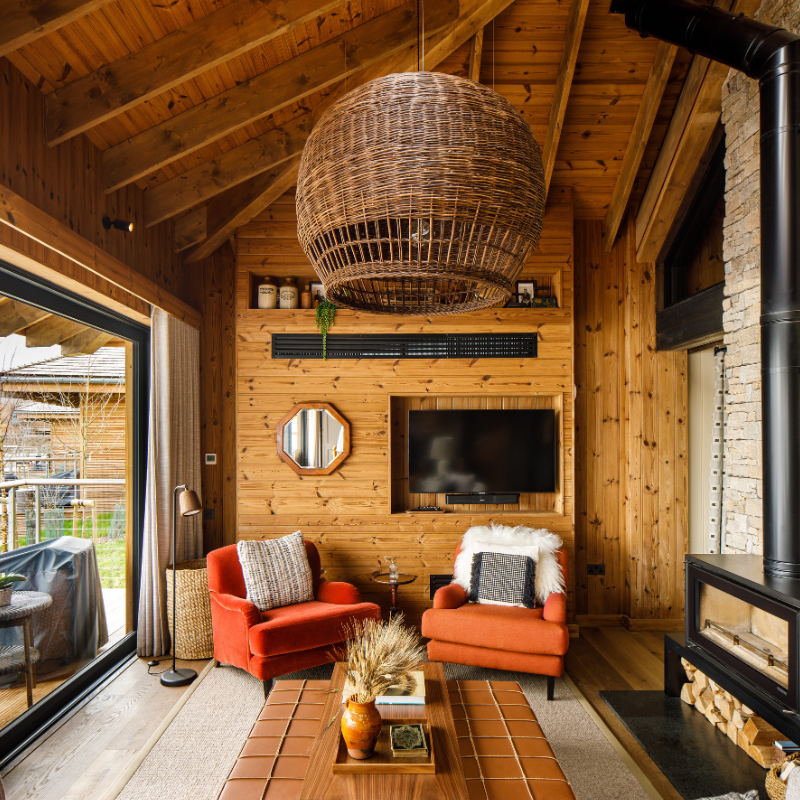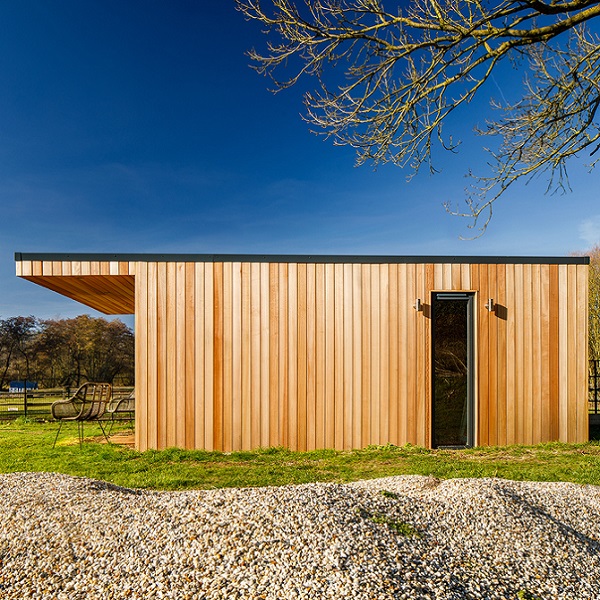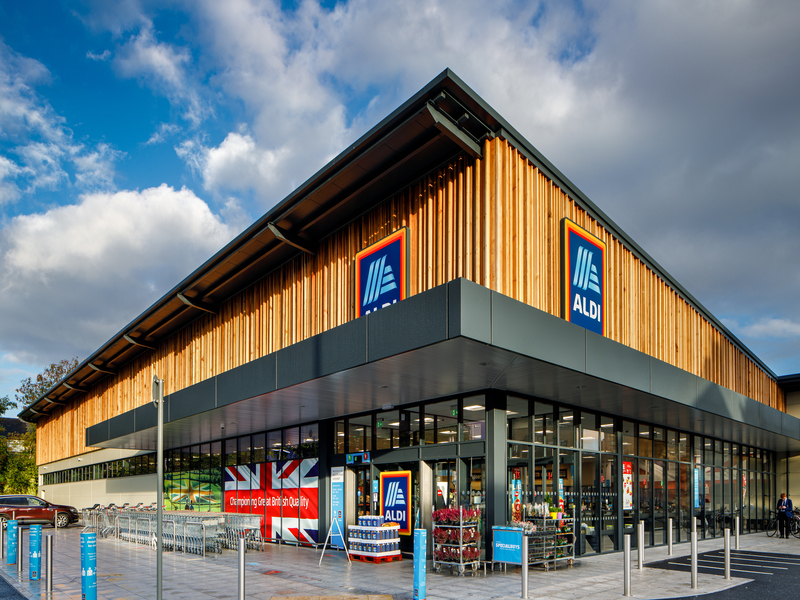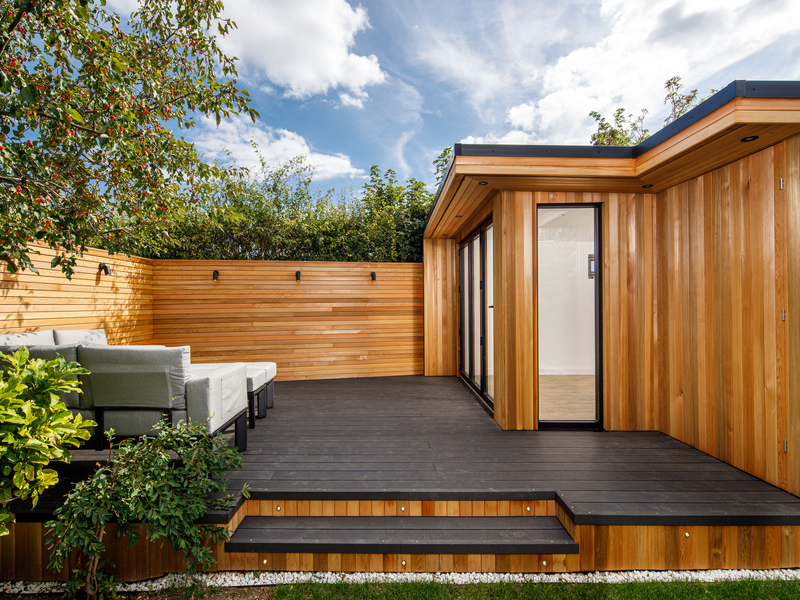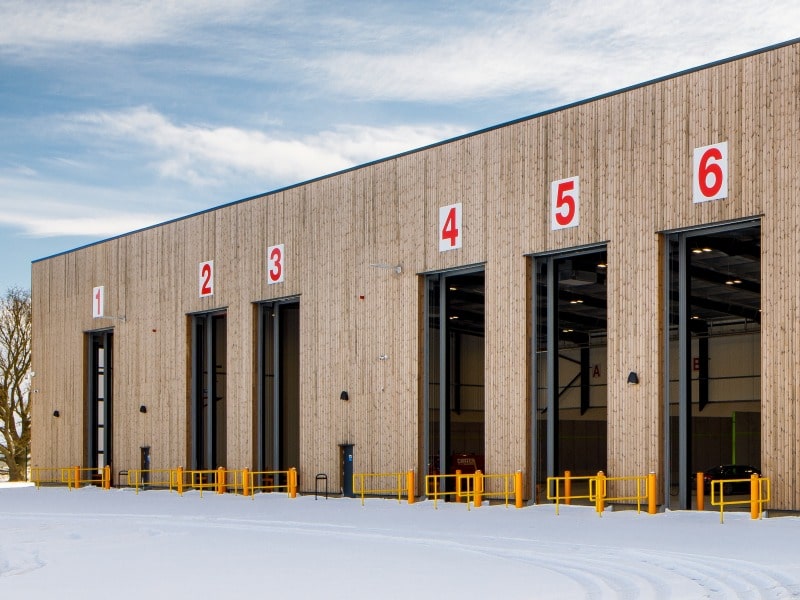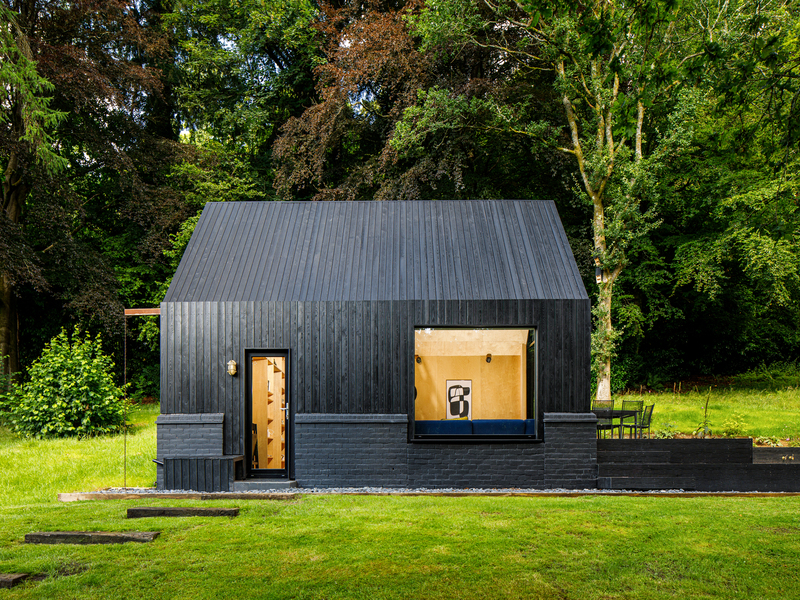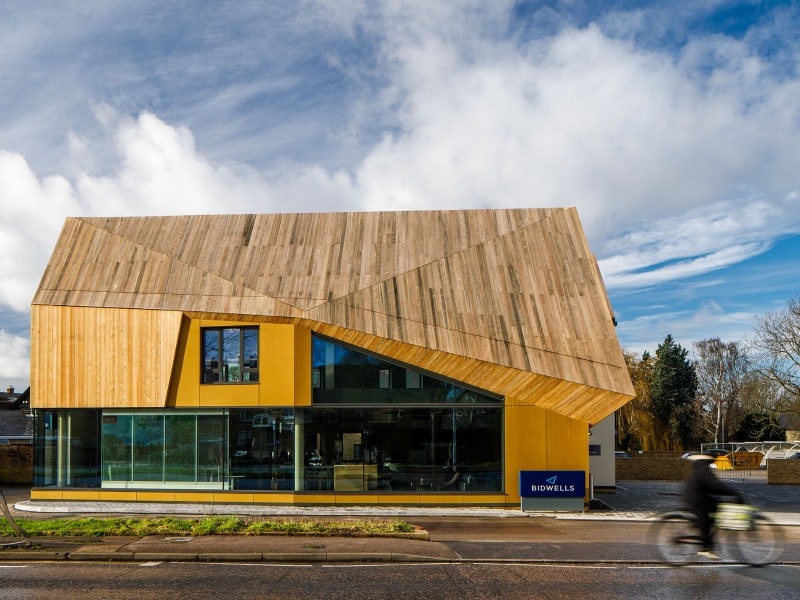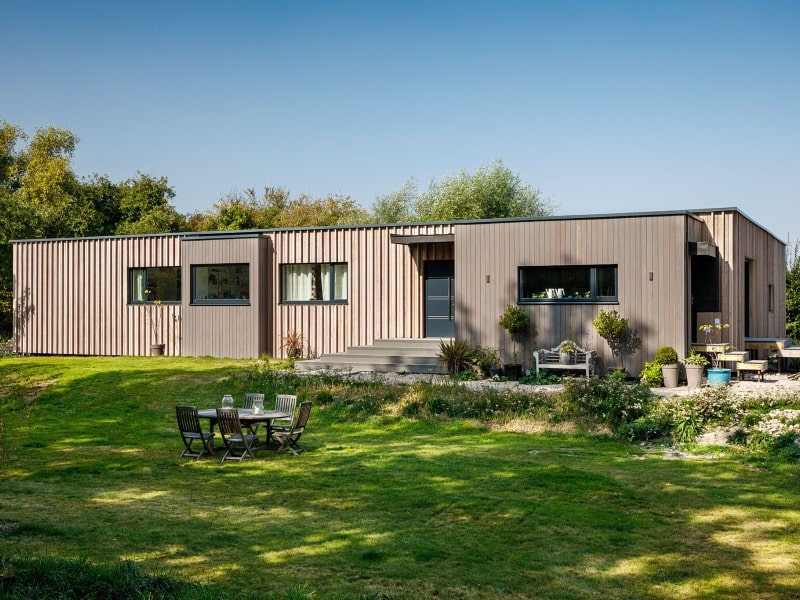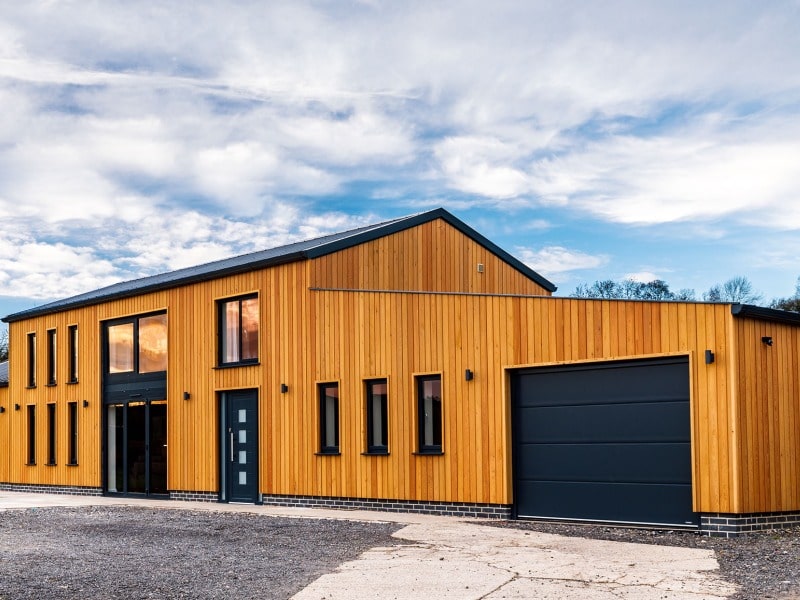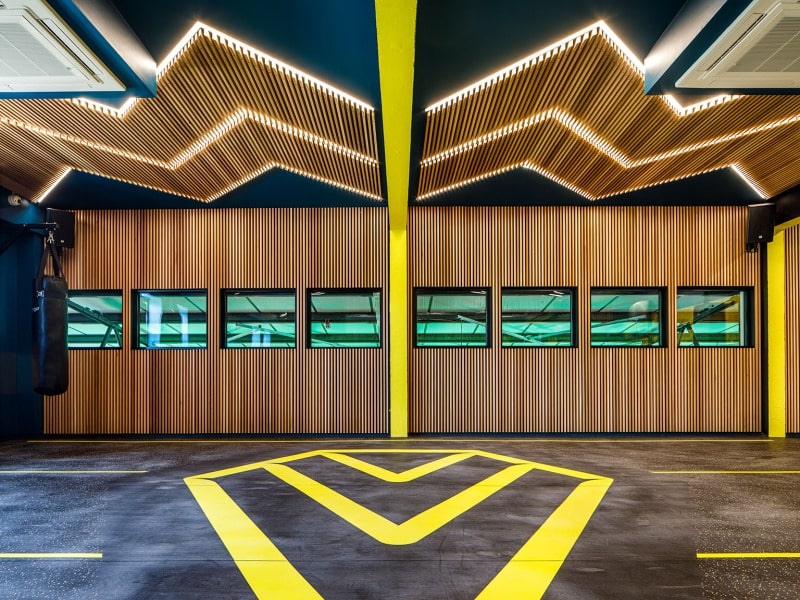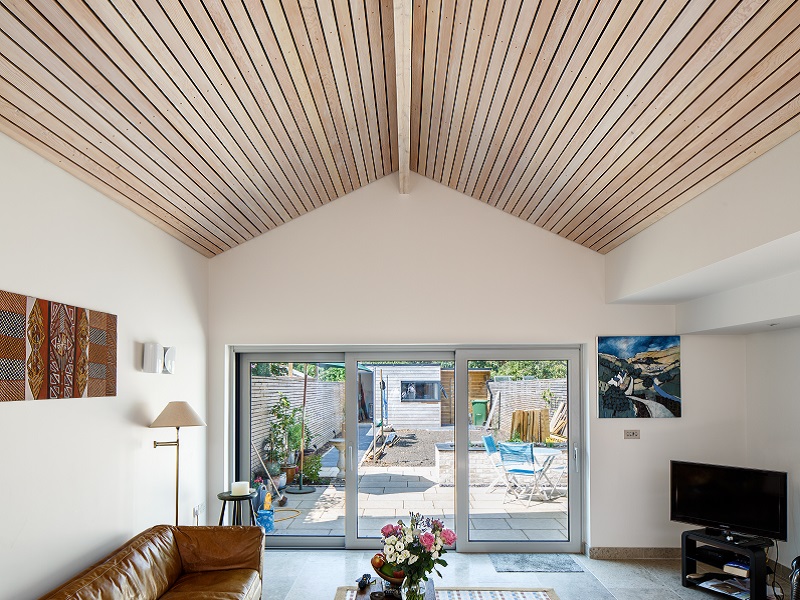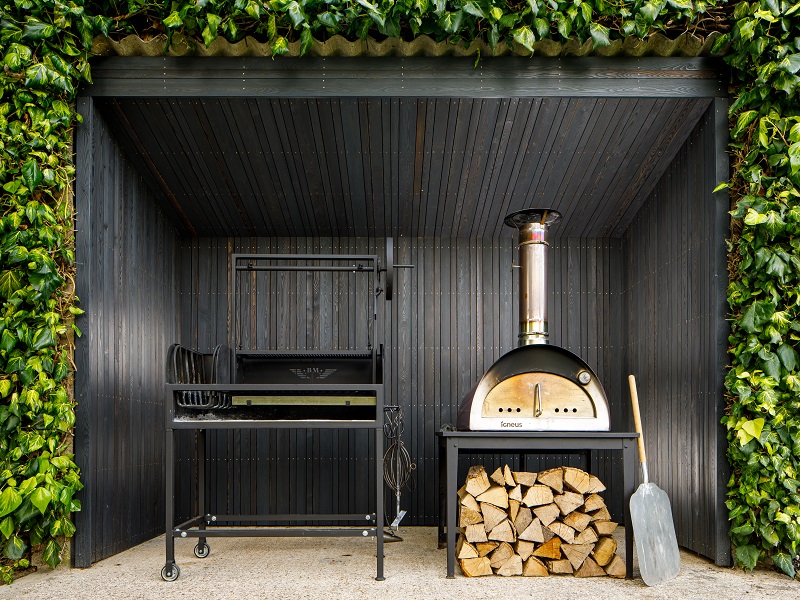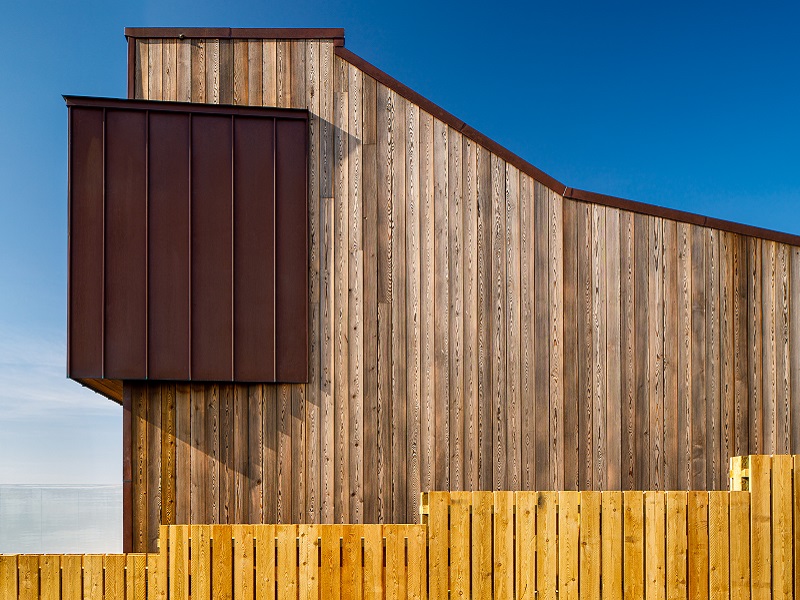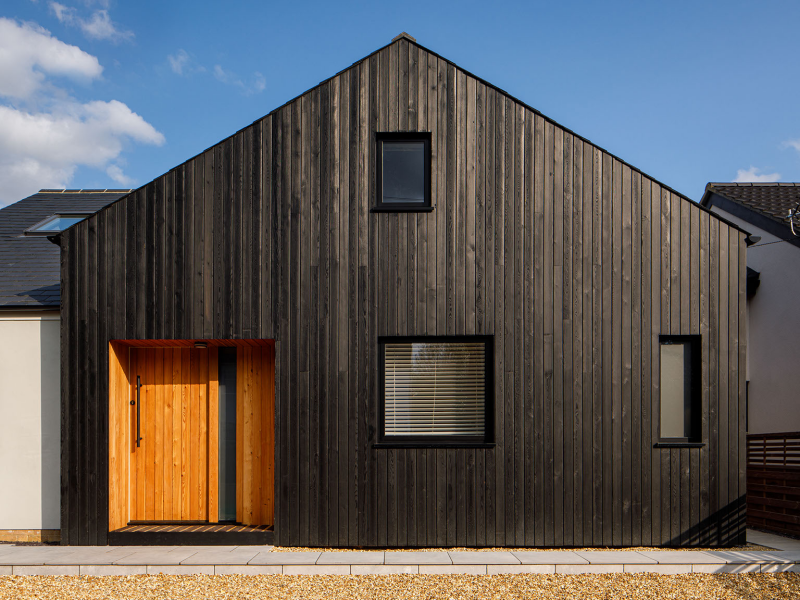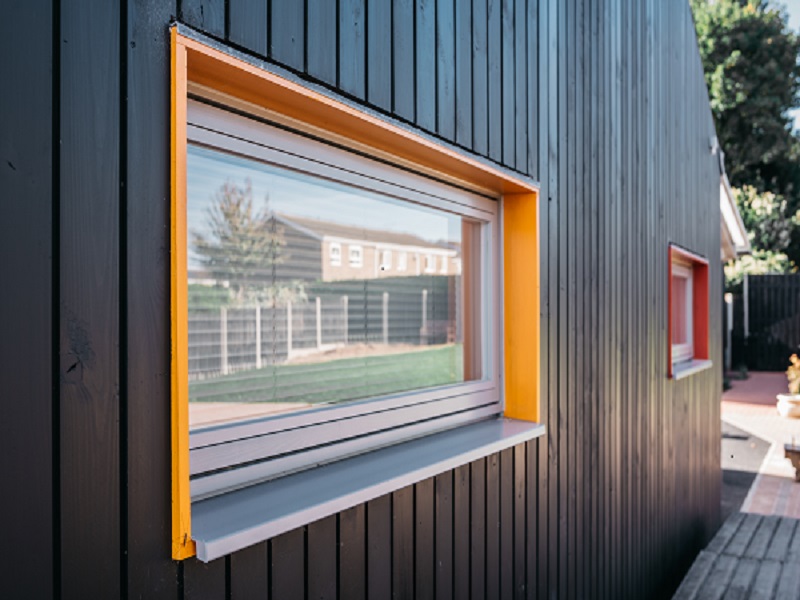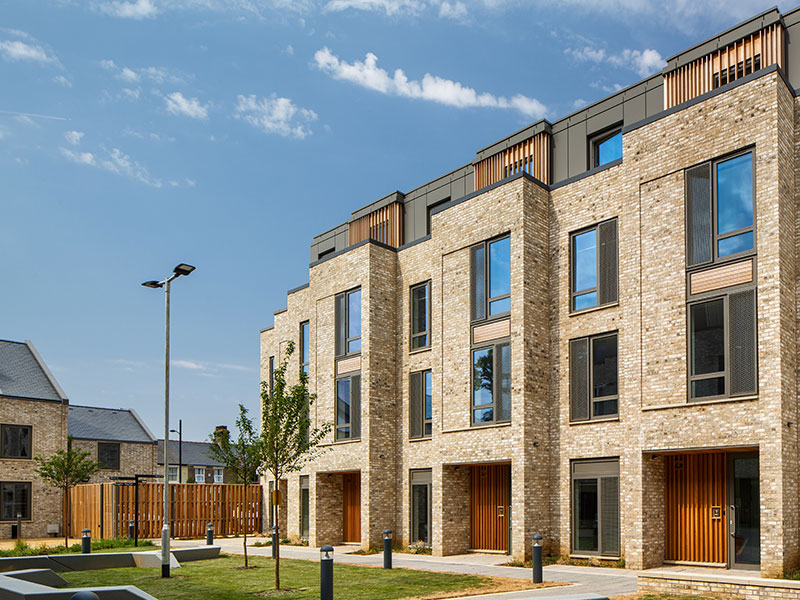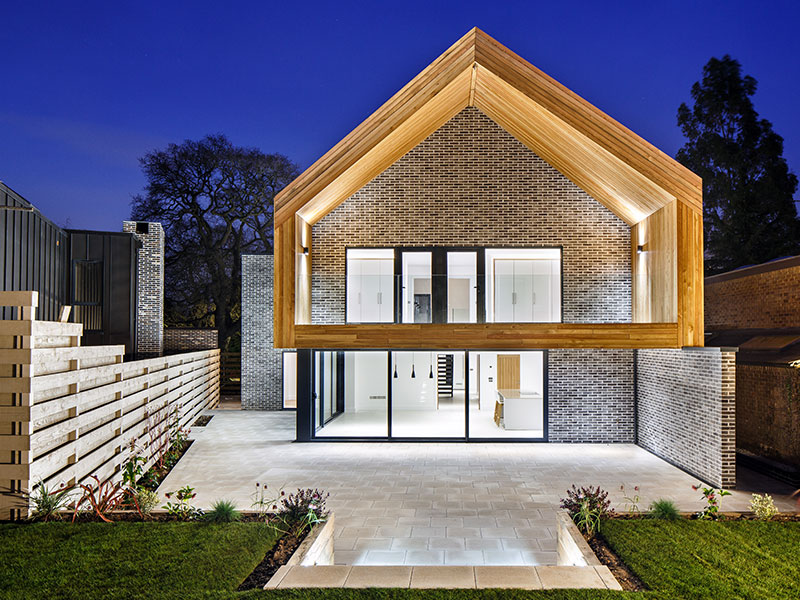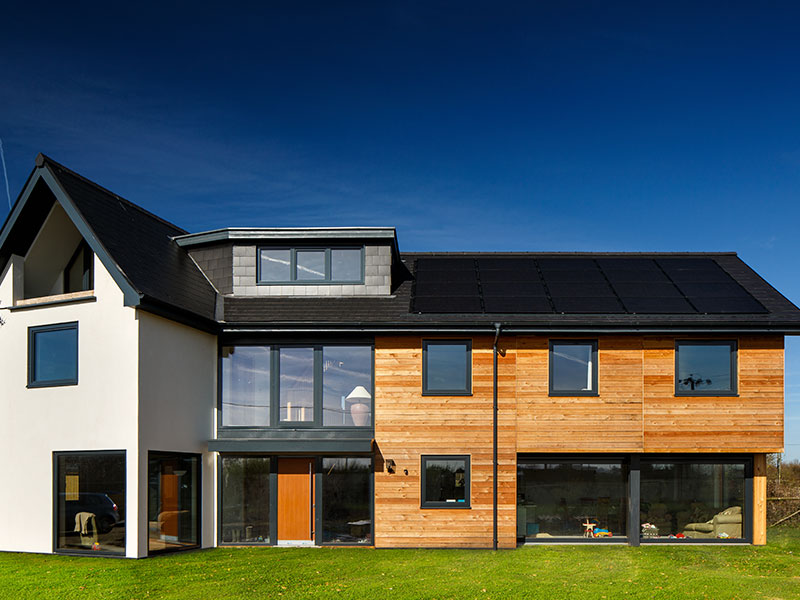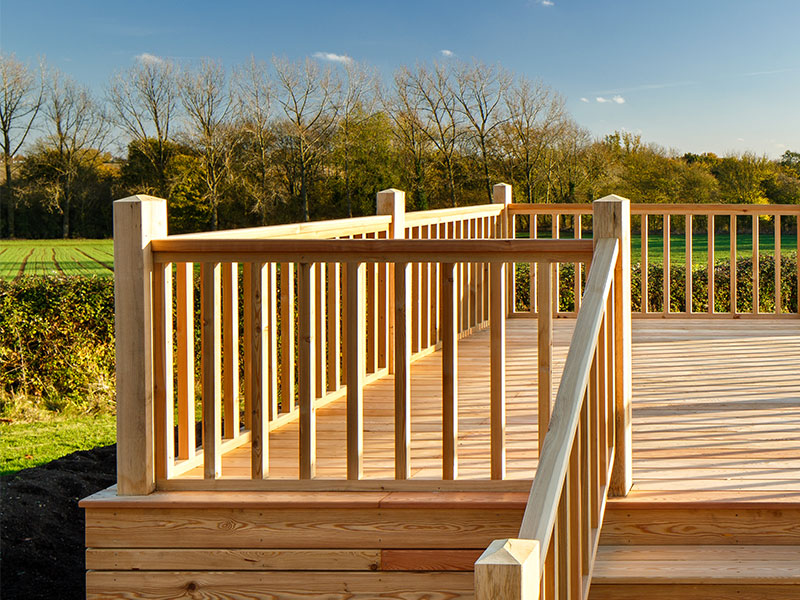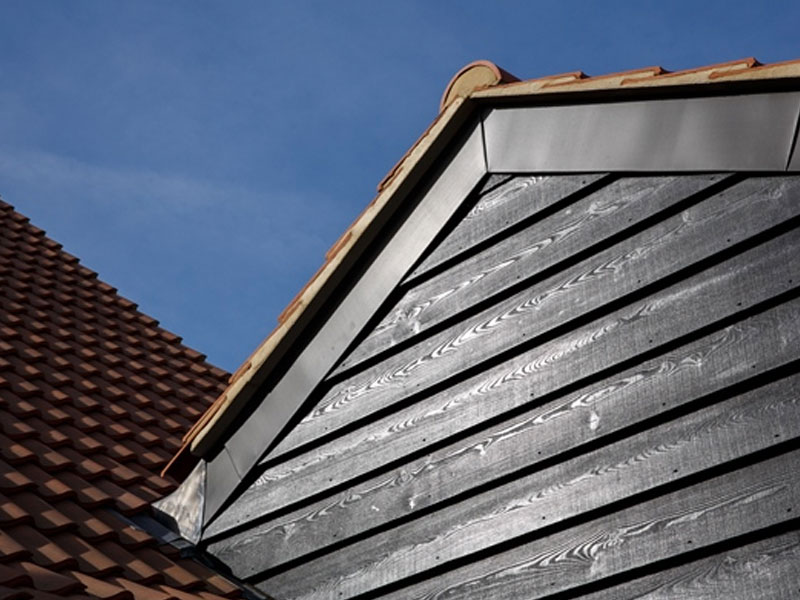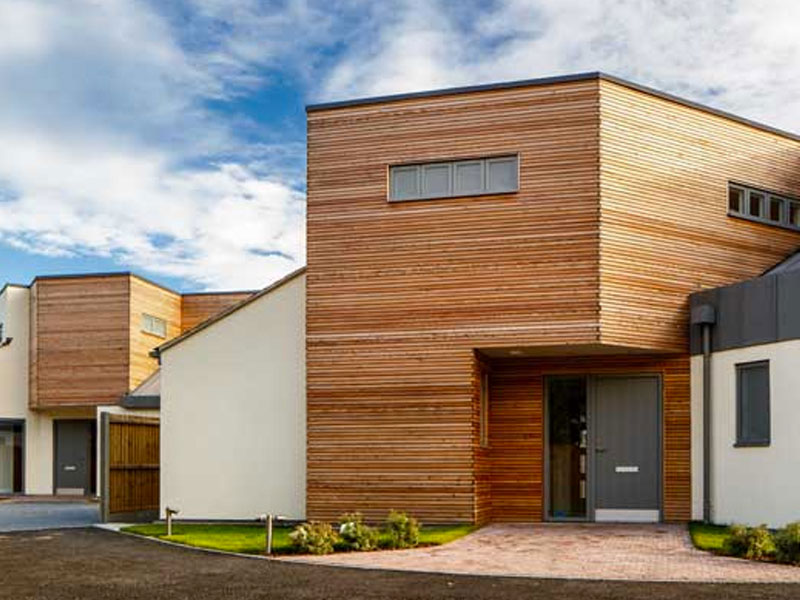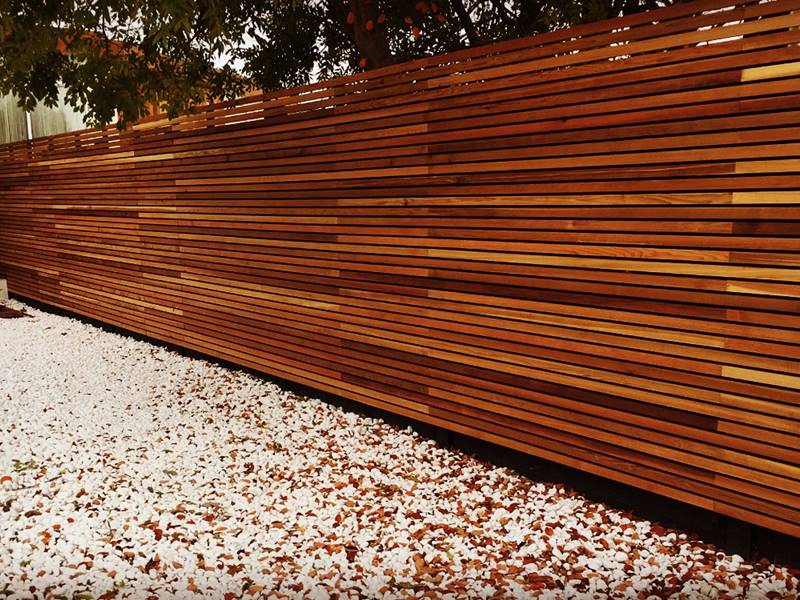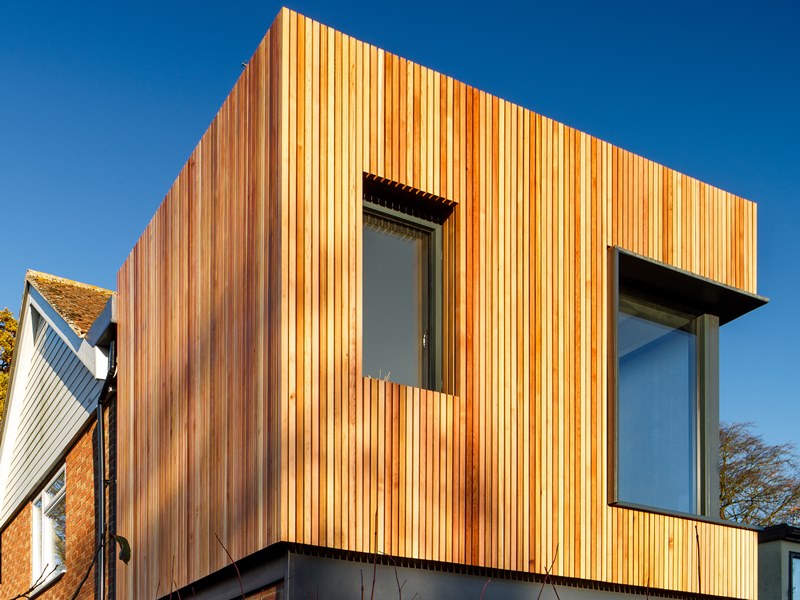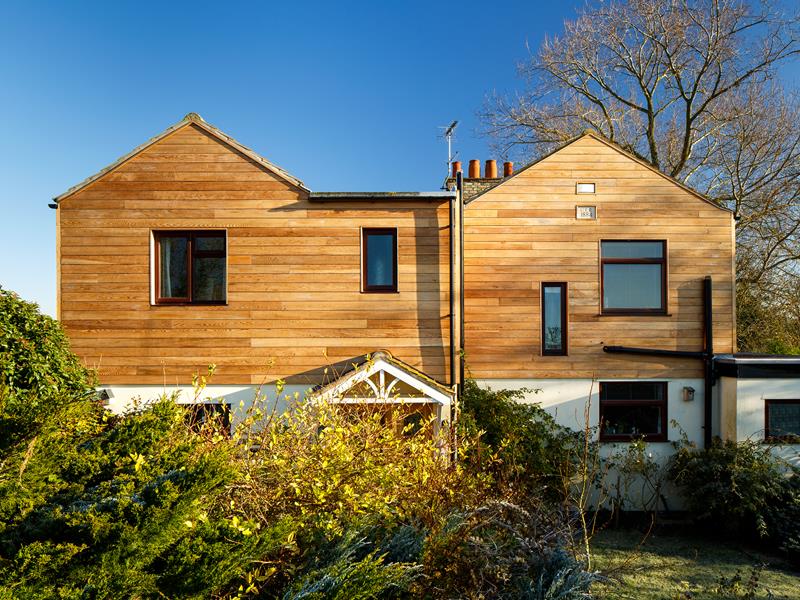Embodied Carbon in Quality Timber Cladding – What are the benefits?
Written in collaboration with Mark Brinkley, Author of UK Bestseller – The Housebuilder’s Bible
01st February 2023
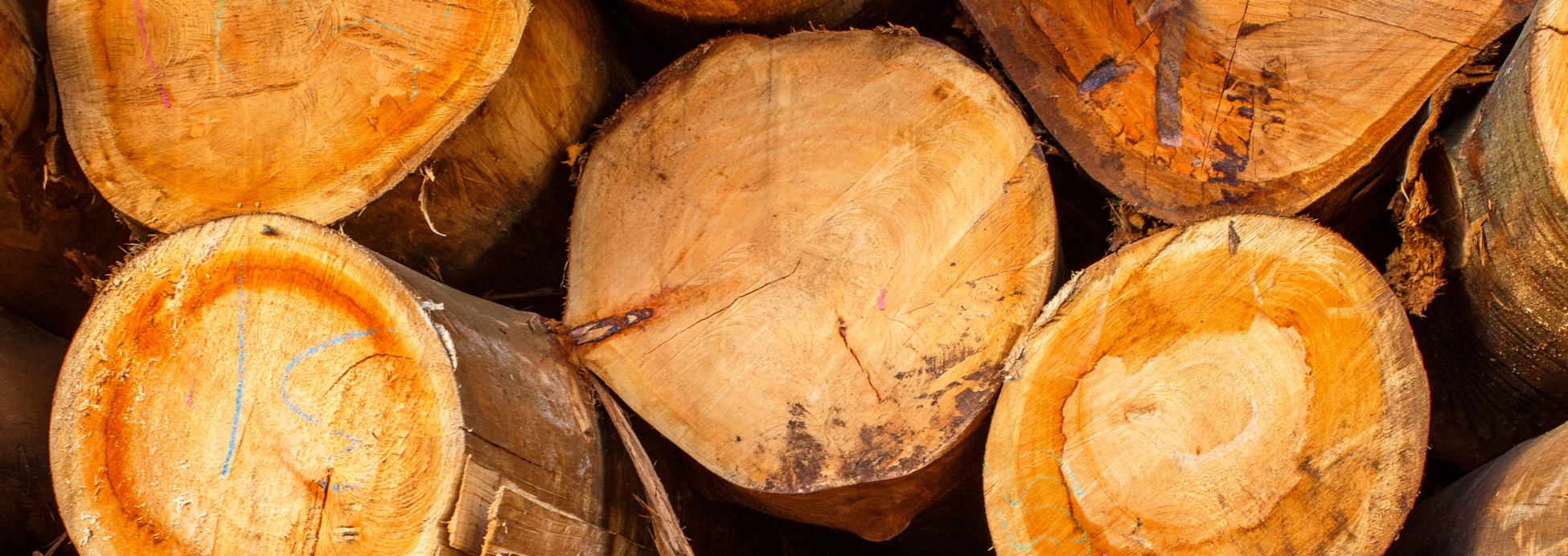
If you want to make a positive difference to climate change, it makes sense to specify timber in your building project, and to specify good quality timber which will last as long as the building itself.
Whilst it’s fine to use commercial softwoods within the dry structure of a building, anything that’s exposed to the elements needs to stand the test of time. This is the value that Millworks prides itself on, good quality, durable timbers that perform as good as they look and contribute an important role in combatting runaway climate change.
Consider the life of a tree. In the wild, most trees never make it past sapling stage: they provide tasty meals for deer or rabbits. If the tree survives its youth, it grows into this incredible towering structure, quite unlike anything else in the natural world. Eventually, its strength diminishes, and it succumbs to its natural demise, only then does its body start to rot away.
Now consider a tree’s role in the carbon cycle. Trees, like all plants, absorb carbon dioxide as they grow and they turn it into complex hydrocarbons, which we know as timber. Because they grow so large and because they retain their mass for so many years, trees are said to be carbon stores. Not until the tree starts to decay is that carbon given up and returned to the atmosphere as carbon dioxide.
This means that when we use timber in a building project, we are extending the life of this carbon store beyond the natural lifespan of the tree. Furthermore, the space left behind when we fell a tree is now free to replant new trees.
Now that we are in a battle to reduce the amount of caron dioxide we release into the atmosphere, it consequently makes great sense to use as much timber as possible in our buildings because this increases the amount of carbon stored. The technical term for this is sequestration.
It turns out that even without the benefits of sequestration, timber is the best low-carbon building material there is. That’s because the energy required to grow timber is supplied entirely by sunlight.
In sharp contrast, most of the popular alternative building materials — cement, steel and other metals, glass, plastics — are manufactured at high temperatures created by burning fossil fuels. In fact, the production of manufactured building materials is responsible for over 10% of the world’s total carbon dioxide emissions.
The way we routinely refer to the carbon dioxide emissions associated with building materials and construction processes within a project, is embodied carbon. Although this term sounds positive, it is commonly misunderstood as many of the materials listed above have high levels of embodied carbon and low or no levels of stored carbon.
The thing with carbon is that we want to keep it captured for as long as possible, not burn it for some quick energy fix required to make many of the building materials on the market.
Therefore, timber is a fantastic choice if sustainability is of importance to you, as the element carbon makes up over half the dry weight of timber and its stays there, as stored carbon, until the material finally disintegrates.
At Millworks we are passionate about supporting a sustainable built environment with products created for longevity. This is why we carefully select timber species which provide long lasting natural durability and pair them with innovative manufacturing and finishing techniques to deliver extended service life.

